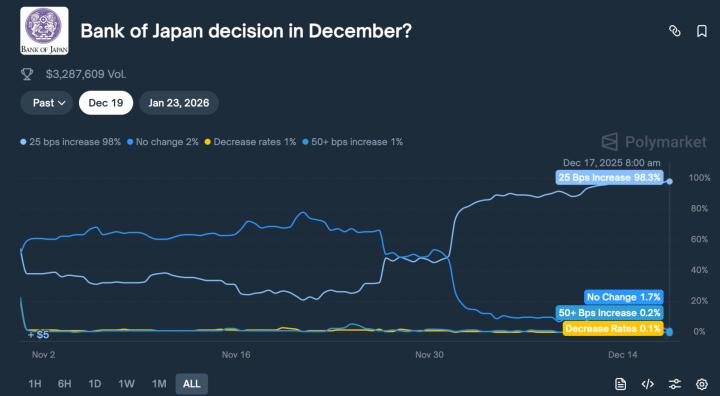The decentralized leverage lending protocol Gearbox Protocol has recently performed impressively, with a seven-day protocol income of $35,790, surpassing well-known protocols like Tornado Cash (valued at $77 million) and Moonwell (valued at $105 million) in weekly income, demonstrating strong profitability. More notably, Gearbox's current income scale has reached 40% of the DeFi leading project Pendle, while its market value is only 4% of the latter, indicating significant valuation potential.
The team announced the launch of a strategic buyback plan: starting from next month, 25% of protocol income will be continuously used for secondary market buyback of GEAR LP tokens. This action directly anchors the protocol's real yield capability, strengthening the token's deflationary mechanism through a discounted cash flow model. Currently, Gearbox's fully diluted valuation (FDV) remains stable at $30 million, with tokens fully unlocked and no selling pressure risk, and several institutional investors have recently joined the ecosystem through customized credit products.
Previously, the wstETH credit market launched by Gearbox in collaboration with Lido Finance reached a TVL of over $10 million on its first day, validating its institutional-grade product capabilities. In the coming months, more strategic instances from top protocols will be successively launched.
Gearbox's rapid rise and innovative initiatives will undoubtedly bring more value to users and lead the development of DeFi institutional applications.
————
About Gearbox Protocol
Gearbox Protocol is a universal leverage lending protocol on Ethereum. After three years of development, Gearbox has built a composable ecosystem covering 45 mainstream protocols. Its innovative pool-to-account model treats each borrowing account as an independent risk control unit, allowing institutions to customize risk-adjusted interest rates and aggregate borrowing demands from different assets into a unified liquidity pool, solving the issues of interest rate pricing and liquidity fragmentation.







